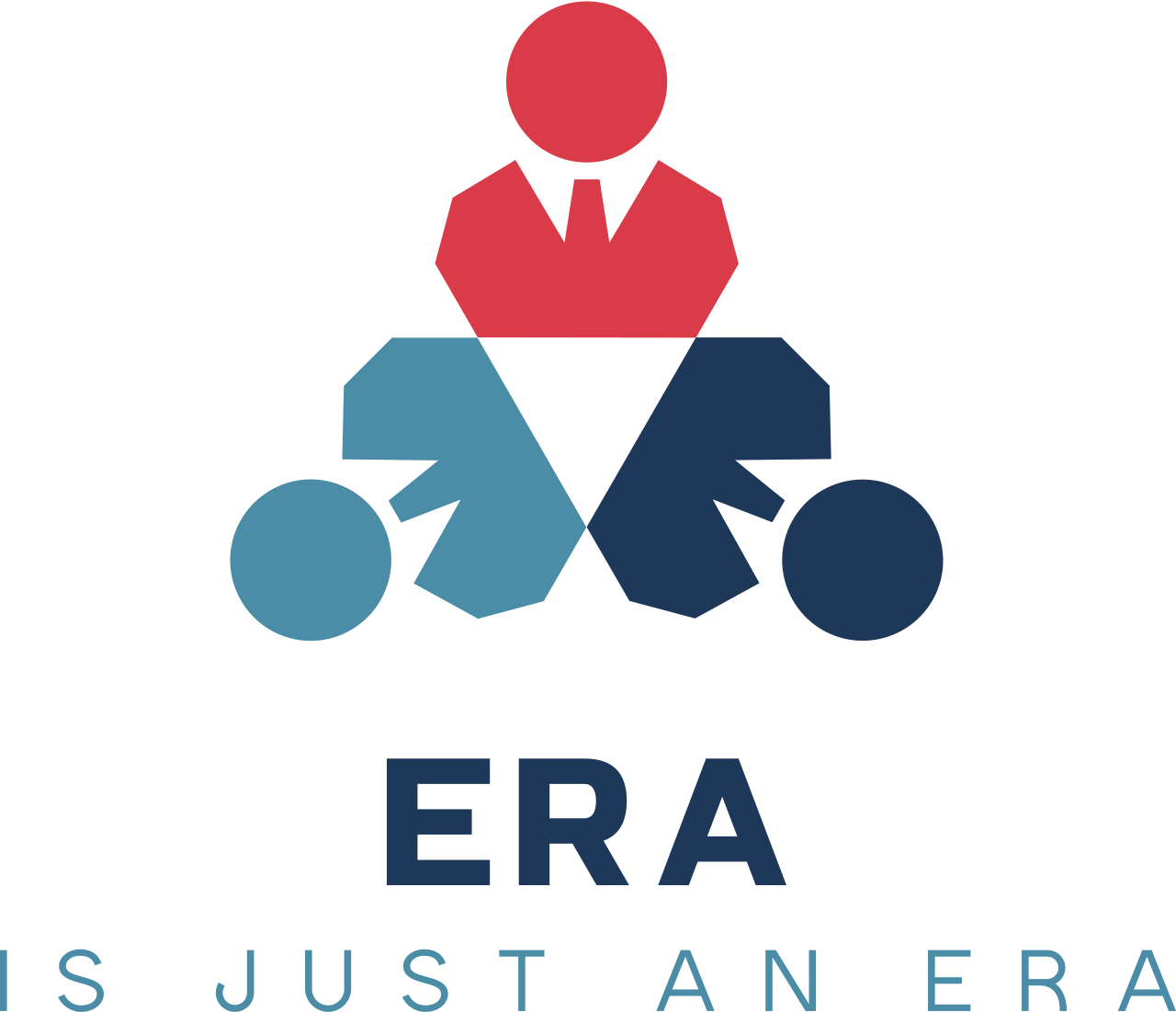Innovative Breakthroughs in Hybrid Work: Redefining HRM and Team Colla
How can companies redesign their work policies to retain key talent while balancing the popularity of the hybrid model against the potential risk of forcing a full-time return to the office, as indicated by nearly 48% of employees considering quitting?
In today’s rapidly evolving work landscape, organizations are reimagining how they structure and manage teams. The rise of hybrid work—a model that fluidly blends traditional office practices with remote work—has spurred a wave of innovative human resource strategies and management practices. Companies are not merely shifting locations; they are challenging conventional ideas of job design, employee autonomy, and the dynamics within teams.Modern HR management is becoming a catalyst for change, where the focus shifts to creating work environments that balance individual needs with organizational demands. Innovative HR practices now emphasize the importance of clarity in job roles and expectations, ensuring that candidates and existing employees fully understand their autonomy and responsibilities. This clear communication is critical for aligning personal work preferences with the flexibility required in dynamic work settings. Organizations are embracing solutions that allow adjustment of job designs to better accommodate personal flexibility while meeting high levels of workplace adaptability.At the strategic level, companies are experimenting with diverse models to regulate working-from-home (WFH) policies. Rather than following a one-size-fits-all approach, businesses are integrating tailored regulations—from decentralized agreements within work units to centrally controlled office attendance rules. This innovative approach not only empowers employees but also mitigates the risk of burnout and dissatisfaction often associated with rigid work policies. Forward-thinking companies are now addressing issues such as work-life boundary management, ensuring that both employees and managers have the tools and training necessary to balance time, place, and modality effectively.From fostering hybrid teams that leverage digital communication technologies to rethink organizational structures, to implementing training programs that promote well-being and effectiveness in non-traditional work setups, firms are redefining what a workplace can be. The move toward a hybrid model also invites a reexamination of fairness and inclusiveness, ensuring that individuals in collaborative settings are not inadvertently disadvantaged by shifts in work modes.Overall, the innovations emerging in hybrid work arrangements highlight a significant transformation in our understanding of work. By embracing flexibility, rethinking HR practices, and promoting dynamic team structures, organizations are paving the way for a more adaptable, inclusive, and forward-thinking future in work.
